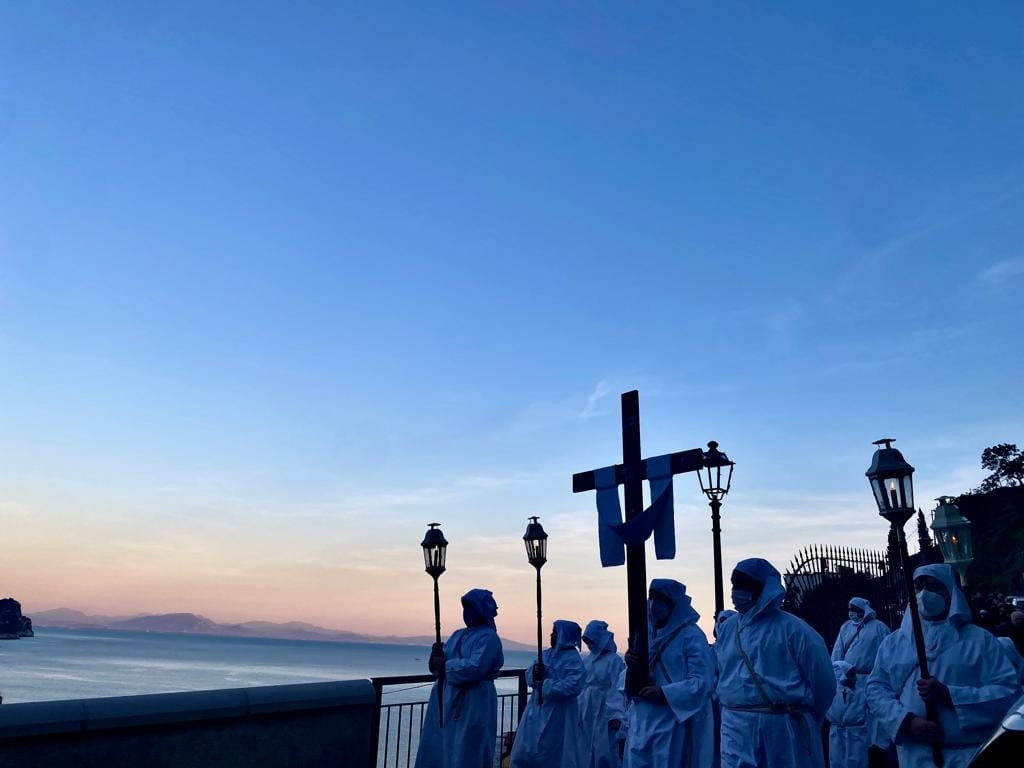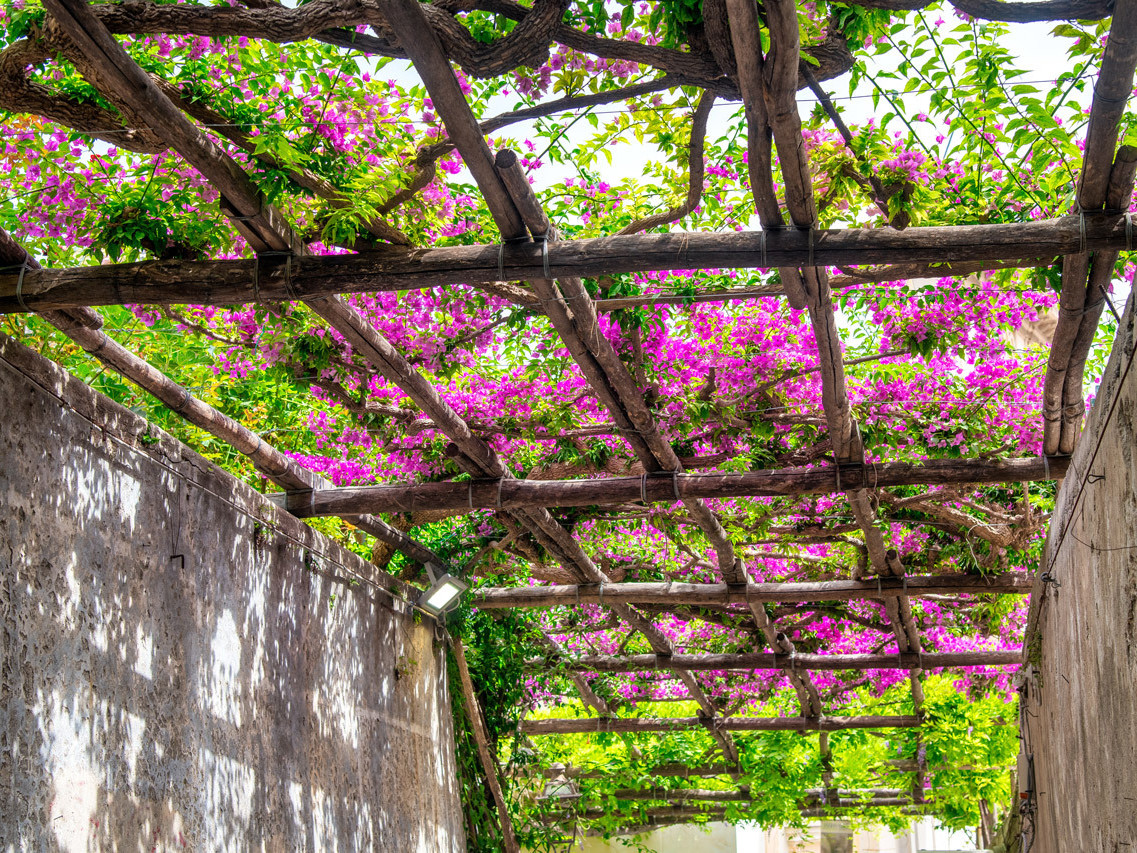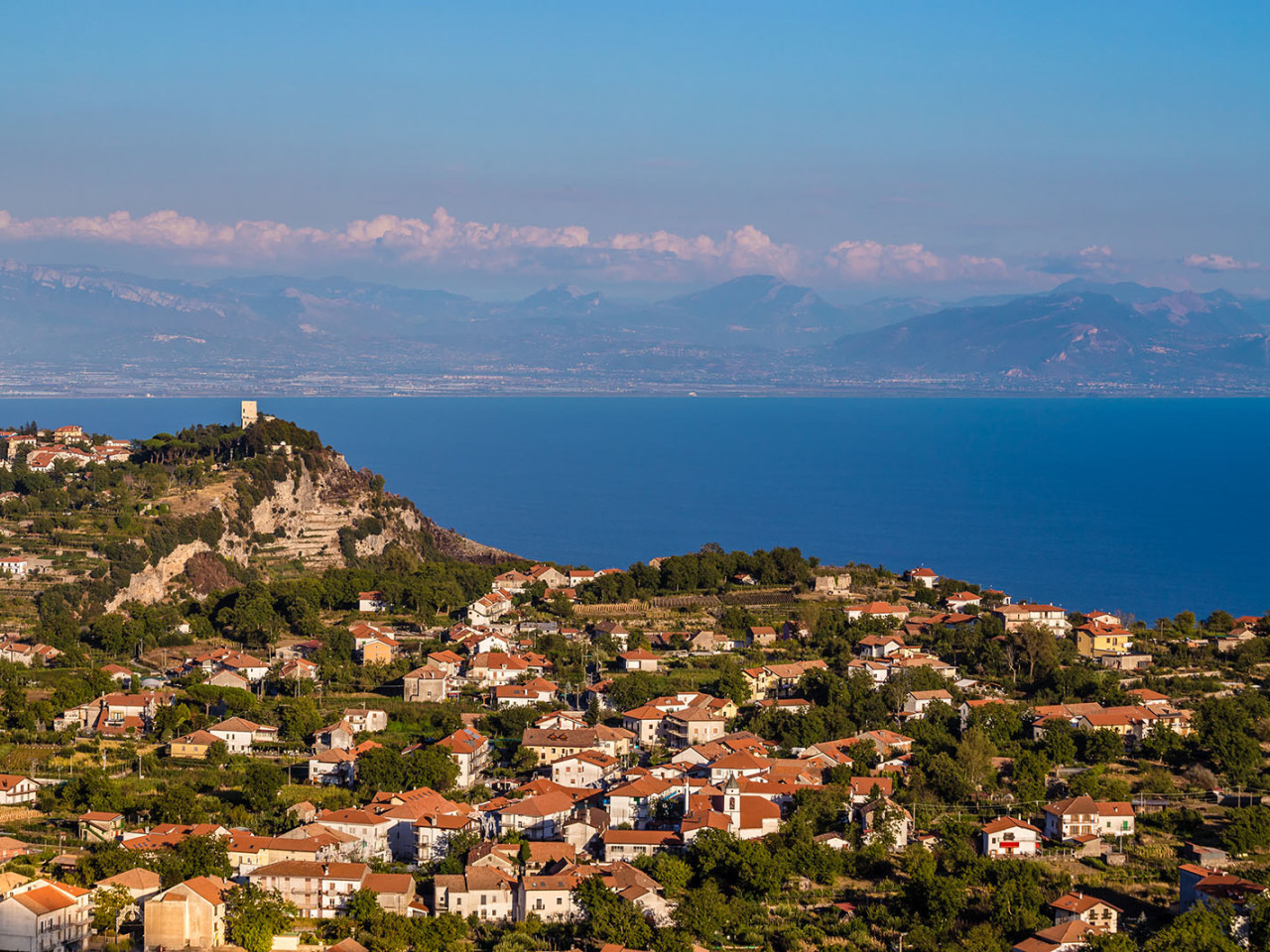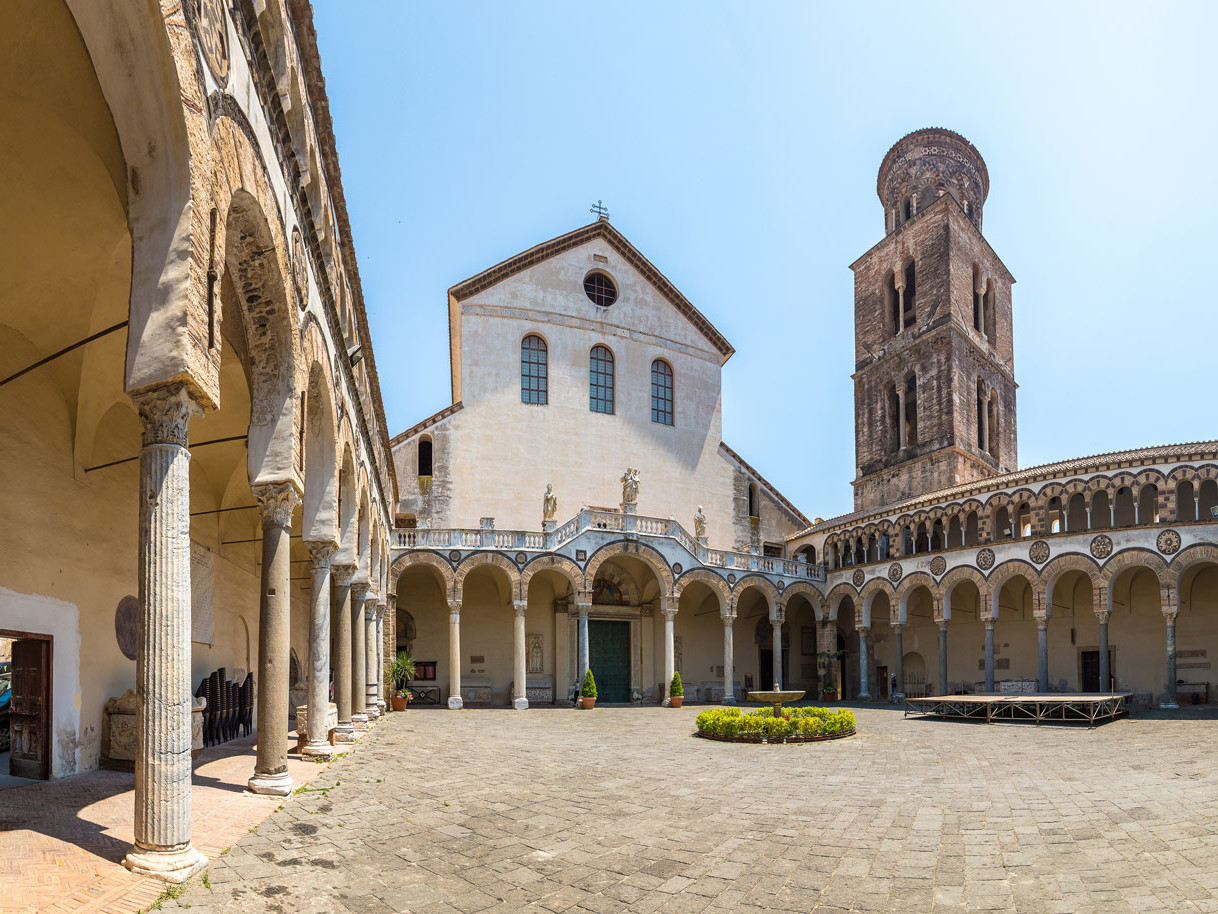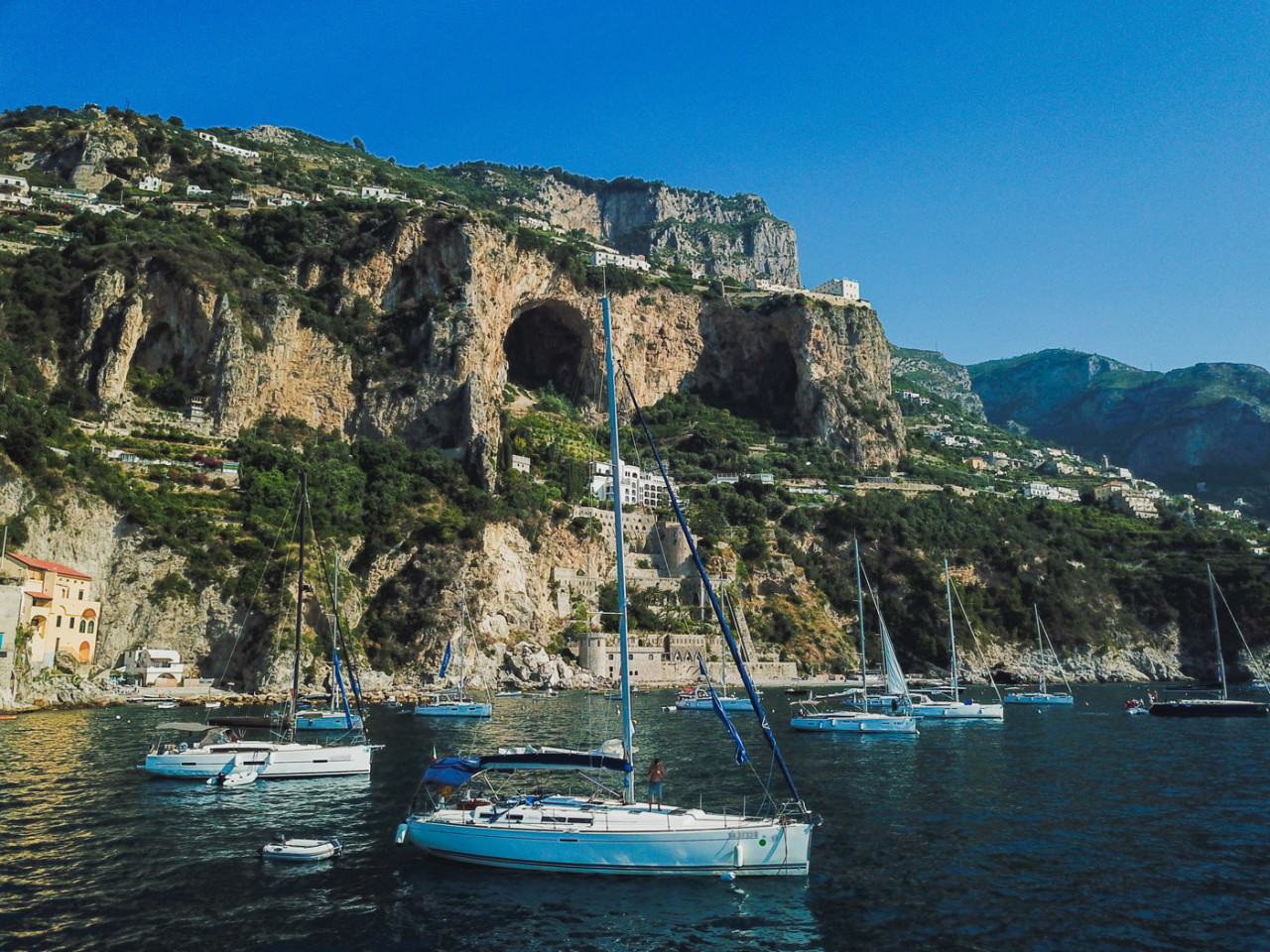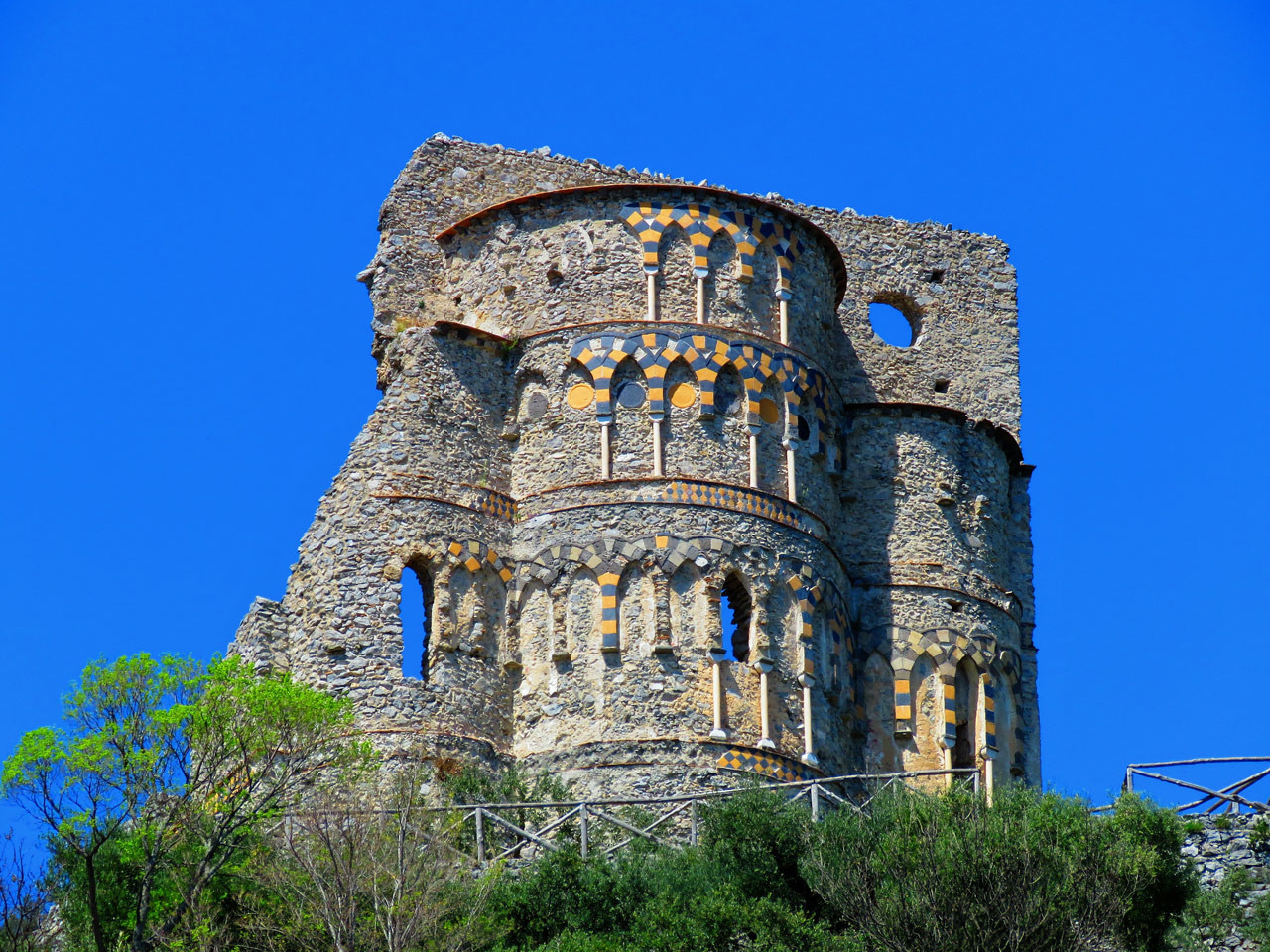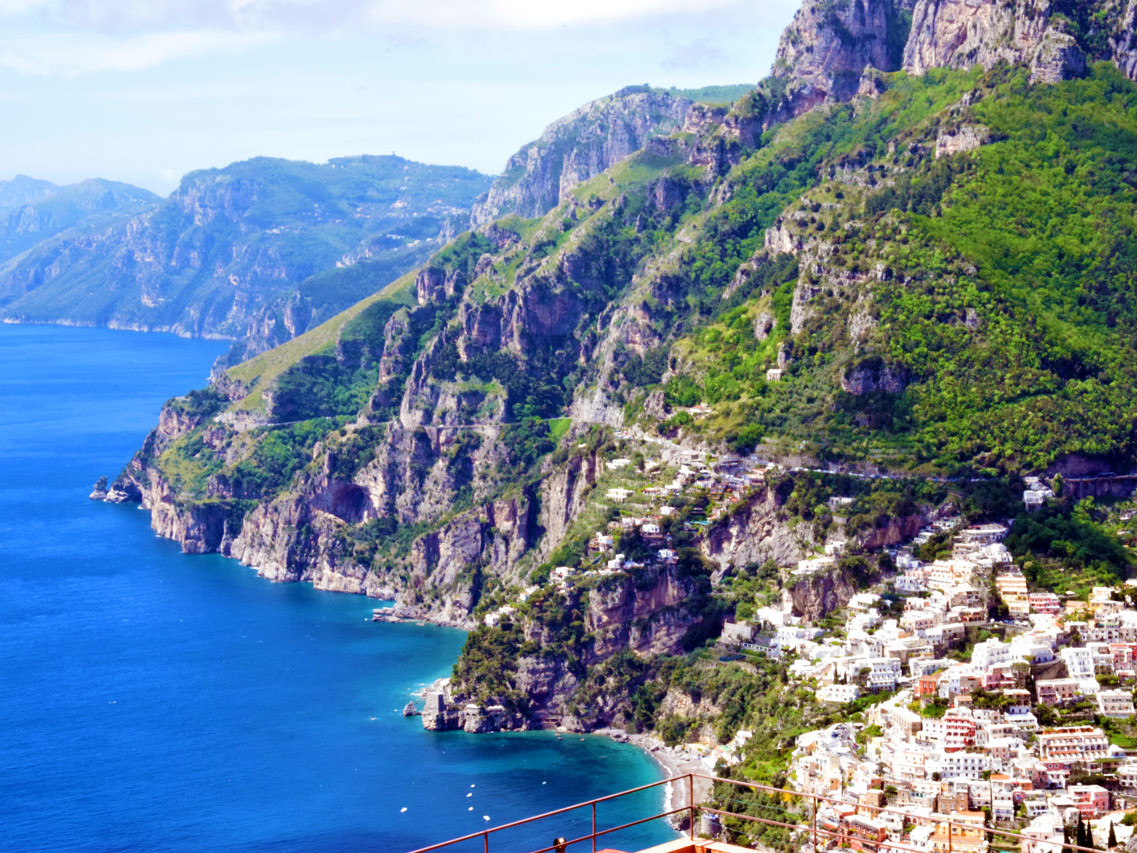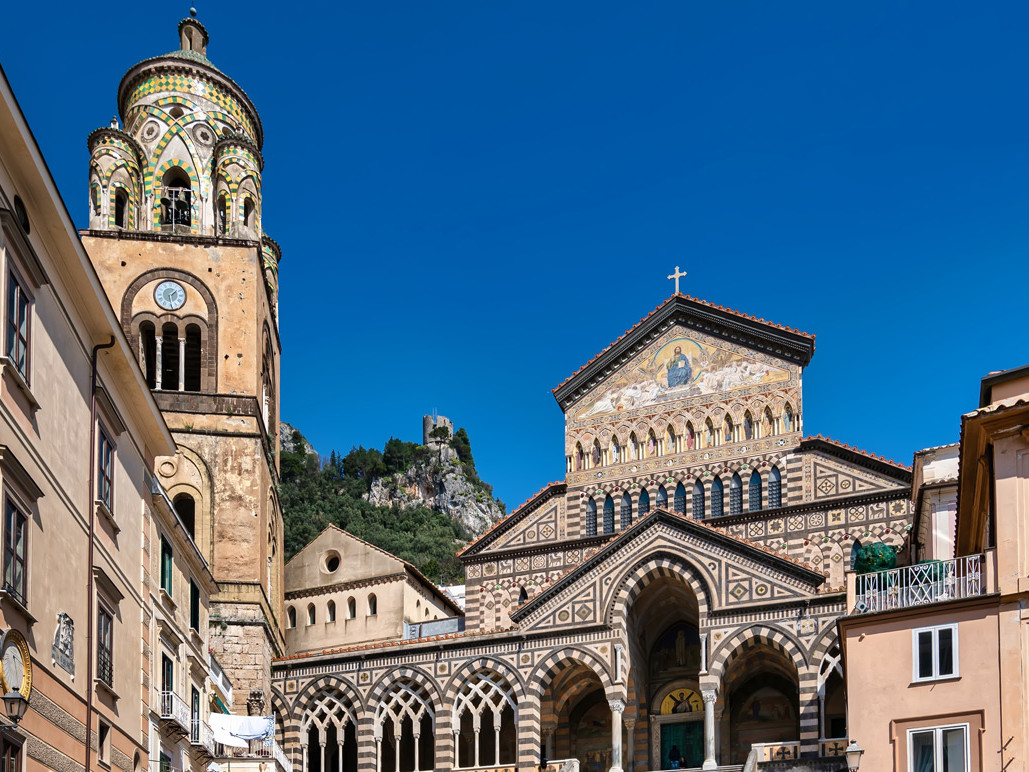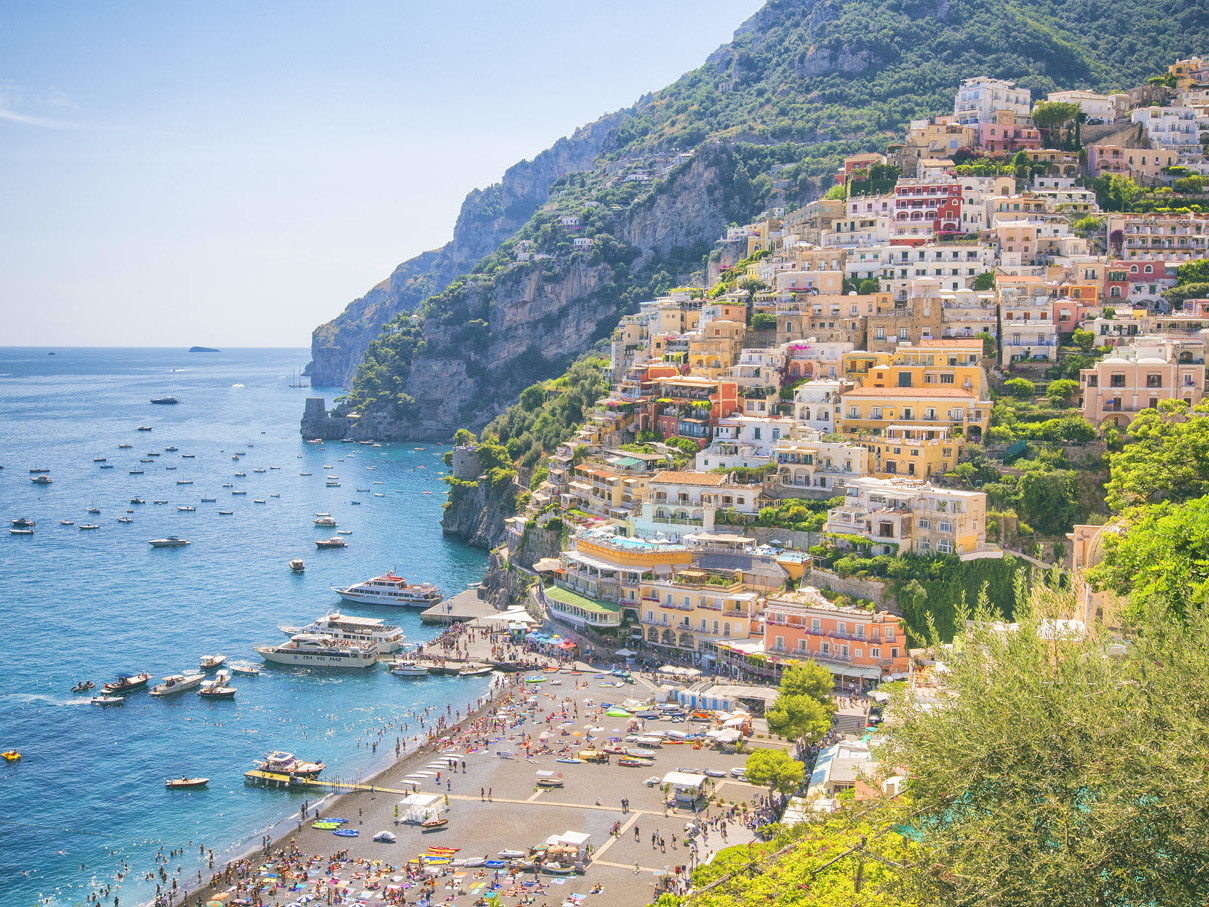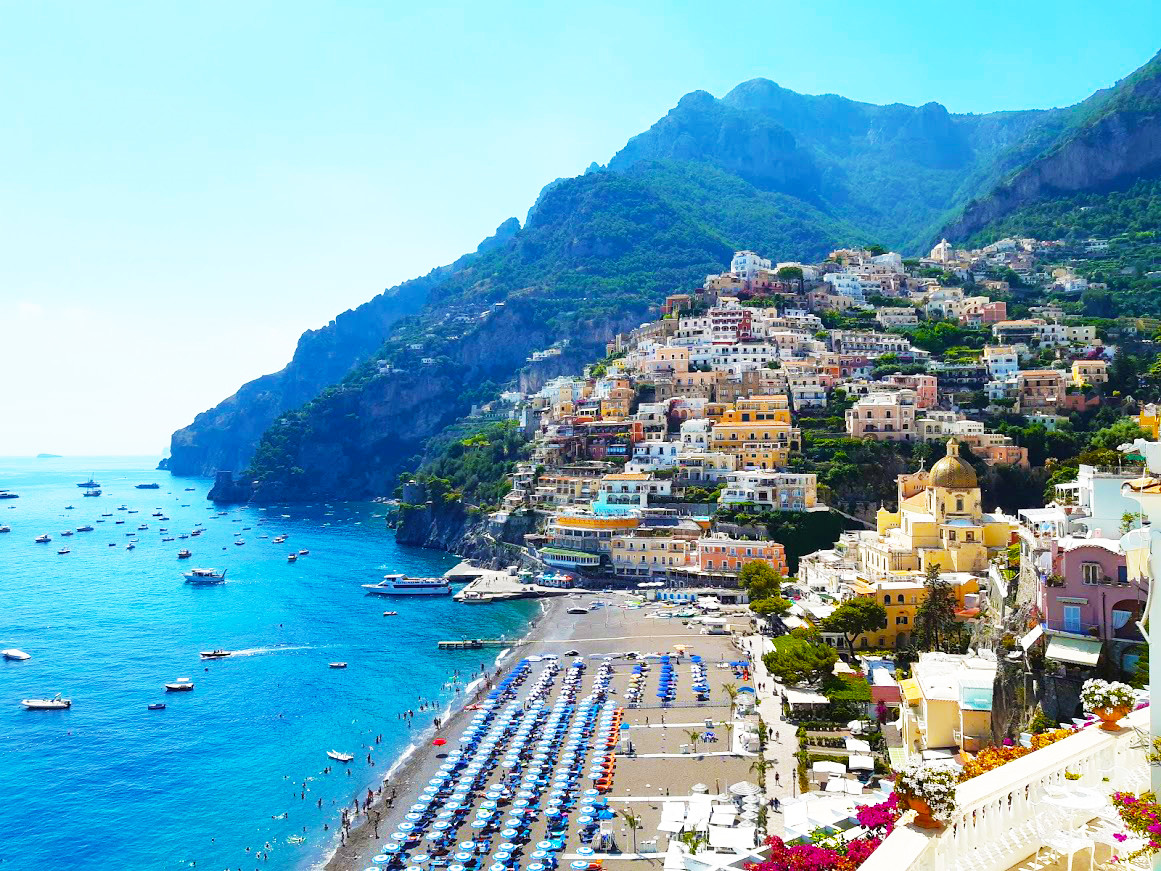AGEROLA: THE GREEN TERRACE OF THE AMALFI COAST
Agerola is one of the hilly villages of the Amalfi Coast: rich in greenery, it is a favorite destination for those who love good food and for trekking enthusiasts, who go there to undertake the world-famous Path of the Gods. Read the article to learn more!
by Roberta Cascone
The Amalfi Coast includes not only a strip of land that stretches along the sea of the Gulf of Salerno, but also the hilly territory that rises towards the Monti Lattari. Here lies one of the most peaceful villages, a perfect base for those who want to visit the Coast while avoiding the chaos and the city hustle and bustle: I'm talking about Agerola! Discover it with us!
share this article
Agerola
History and origins
Agerola is the only town on the Amalfi Coast that is part of the province of Naples. There are several hypotheses about the origin of the name “Agerola”: the first believes that the word derives from the Latin “ager,” meaning “field,” referring to the town's agricultural tradition. The second assumes that the place name derives from the Latin “aëreus,” in the broader sense of “elevated place.” Finally, a third hypothesis links “Agerola” to Jerula, (gerla in Italian) that is a kind of pack basket, because of the shape of the plateau on which the town is located.
The origins of the village are indeed ancient: the first human traces date back to the Iron Age; in Roman times, moreover, many rustic villas were built that had as their main activity the cultivation of land and cattle breeding. The latter activity remained flourishing even after the eruption of Vesuvius in 79 AD: the excellent quality of the milk produced right there in the area was even praised in the texts of Galen and Commodus. In the Middle Ages, the town's five hamlets, Bomerano, Ponte, Pianillo, Campora and San Lazzaro, were formed, and the town first became part of the Amalfi Duchy, then of the Kingdom of Naples, until the Unification of Italy. Agerola celebrates its patron saint's day on January 17, in honor of St. Anthony Abbot, during which it is customary to hand out “tortani,” or round loaves of braided bread, to the inhabitants of the community.
What to see
If you love nature and good food, Agerola is the ideal village for you. Here you can embark on some of the most beautiful hiking trails on the Coast and taste typical local dairy products! In addition to this, there are also some points of historical and artistic interest worth visiting.
One of these is the church of St. Matthew the Apostle, in the hamlet of Bomerano. It preserves valuable relics from the 16th century, including the marble baptismal font and the commemorative epigraph on the exterior of the church. The wooden ceiling dates from the 1700s and houses the canvas with the Martyrdom of St. Matthew, painted by Paolo de Majo. Finally, the wooden crucifix is a 15th-century masterpiece.
Another place of interest is the Civic Ethno-anthropological Museum, where archaeological finds from the Iron Age necropolis unearthed during work on the Bomerano sports field are on display. The highlight of the exhibit is the Processional Cross, the work of an unknown Campanian silversmith.
Church of San Matthew the Apostle and ancient artifacts in the Civic Ethno-antropological Museum
Trails and parks
Agerola is one of the green lungs of the Coast: this is where the most spectacular and popular trail, the Path of the Gods, starts. About 7.8 km long, it connects Bomerano to Nocelle, a hamlet of Positano. The view from the Path is truly breathtaking: you can admire the coastal villages from above, with the rocks dropping steeply into the blue sea, and also catch a glimpse of the islands of Li Galli and Capri.
Also, a few tips! If you need information about the Path, you can turn to the Travelmar Infopoint, which is right nearby in Piazza Paolo Capasso. Travelmar also gives customers the chance to get to the beginning of the trail using their combined ferry + shuttle service, accessible from all coastal villages.
Also of great scenic and naturalistic importance is the Punta Corona Park. This is a park equipped with a chestnut grove, a green area and a beautiful viewpoint.
The Path of the Gods and the Punta Corona Park
Local specialties
If you've had a pizza in this area of Campania, chances are that the fiordilatte cheese used to top it originated in Agerola! In this area, the breeding of Agerola cows is one of the most flourishing activities, along with the production of fiordilatte, smoked provola, ricotta and especially the famous Provolone del Monaco dop (literally: the Monk’s provolone cheese). The latter takes its name from the cape that cheesemakers from the Sorrento peninsula wore when they brought their products to Naples. It has been produced since about 1700, using a different process than traditional caciocavallo, which gives it a more cooked curd and a more elongated, headless appearance. Try it grated over a plate of spaghetti alla Nerano: it is truly a delight!
Agerola famous "Provolone del Monaco"
share this article
- If you want to learn more about Agerola's dairy production, read the interview done with the Ruocco Dairy.
- The coat of arms of the municipality of Agerola has a blue background, with a chestnut tree standing out against a green mountain.







